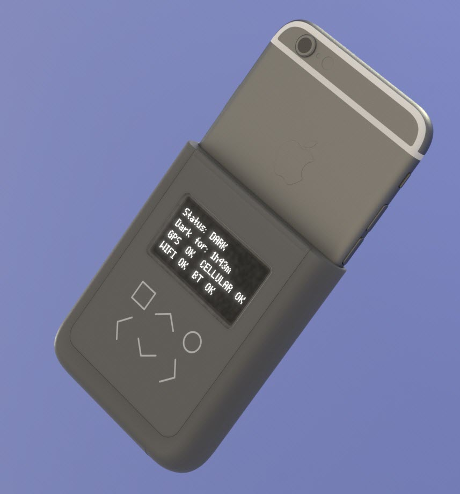Against the Law: Countering Lawful Abuses of Digital Surveillance by Andrew “bunnie’ Huang and Edward Snowden.
From the post:
Front-line journalists are high-value targets, and their enemies will spare no expense to silence them. Unfortunately, journalists can be betrayed by their own tools. Their smartphones are also the perfect tracking device. Because of the precedent set by the US’s “third-party doctrine,” which holds that metadata on such signals enjoys no meaningful legal protection, governments and powerful political institutions are gaining access to comprehensive records of phone emissions unwittingly broadcast by device owners. This leaves journalists, activists, and rights workers in a position of vulnerability. This work aims to give journalists the tools to know when their smart phones are tracking or disclosing their location when the devices are supposed to be in airplane mode. We propose to accomplish this via direct introspection of signals controlling the phone’s radio hardware. The introspection engine will be an open source, user-inspectable and field-verifiable module attached to an existing smart phone that makes no assumptions about the trustability of the phone’s operating system.
If that sounds great, you have to love their requirements:
Our introspection engine is designed with the following goals in mind:
- Completely open source and user-inspectable (“You don’t have to trust us”)
- Introspection operations are performed by an execution domain completely separated from the phone’s CPU (“don’t rely on those with impaired judgment to fairly judge their state”)
- Proper operation of introspection system can be field-verified (guard against “evil maid” attacks and hardware failures)
- Difficult to trigger a false positive (users ignore or disable security alerts when there are too many positives)
- Difficult to induce a false negative, even with signed firmware updates (“don’t trust the system vendor” – state-level adversaries with full cooperation of system vendors should not be able to craft signed firmware updates that spoof or bypass the introspection engine)
- As much as possible, the introspection system should be passive and difficult to detect by the phone’s operating system (prevent black-listing/targeting of users based on introspection engine signatures)
- Simple, intuitive user interface requiring no specialized knowledge to interpret or operate (avoid user error leading to false negatives; “journalists shouldn’t have to be cryptographers to be safe”)
- Final solution should be usable on a daily basis, with minimal impact on workflow (avoid forcing field reporters into the choice between their personal security and being an effective journalist)
This work is not just an academic exercise; ultimately we must provide a field-ready introspection solution to protect reporters at work.
You need to copy those eight requirements out to a file for editing. When anyone proposes a cybersecurity solution, reword as appropriate as your user requirements.
An artist conception of what protection for an iPhone might look like:
Interested in protecting reporters and personal privacy? Follow Andrew ‘bunnie’ Huang’s blog.
